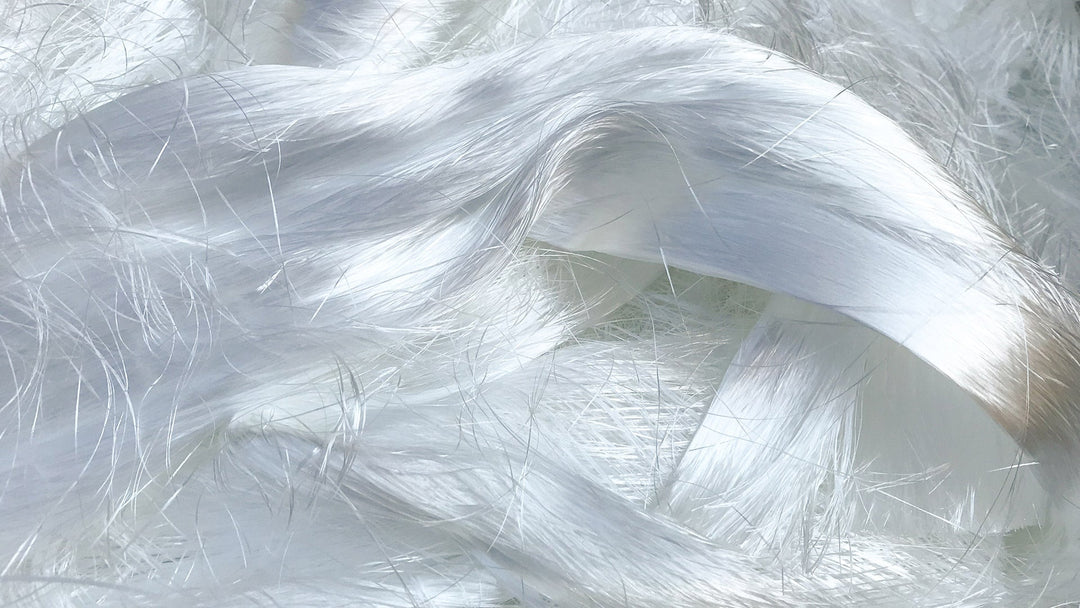When it comes to choosing sustainable fabrics, the difference between bamboo and cotton goes far beyond how they feel against your skin. As environmental consciousness grows, understanding the true impact of our fabric choices becomes crucial for making informed decisions. Let's explore why bamboo is emerging as the more sustainable choice in 2025.
Water Usage: A Critical Comparison
Cotton's thirst for water is staggering. A single cotton shirt requires about 2,700 liters of water to produce – enough to meet one person's drinking needs for 2.5 years. This intensive water usage puts significant pressure on local water systems, particularly in regions already facing water scarcity.
Bamboo, in contrast, is naturally rainfall-fed and requires no irrigation. Our bamboo cultivation process uses 93% less water than traditional cotton farming. This isn't just about saving water – it's about preserving entire ecosystems that depend on healthy water systems.
Growth and Land Use
Here's where bamboo truly shines: it produces 3,000% more fiber per acre than cotton. This remarkable efficiency means we can produce more fabric while using significantly less land. Bamboo's rapid growth rate – up to one meter per day – means we can harvest it multiple times per year from the same plants, unlike cotton which requires replanting.
Chemical Impact
Traditional cotton farming is one of the most chemical-intensive agricultural practices, using approximately 16% of the world's insecticides. These chemicals don't just affect the cotton – they seep into soil systems, contaminate water supplies, and impact local biodiversity.
Our bamboo, protected by its natural bamboo kun bio-agent, requires zero pesticides or fertilizers. This means no chemical runoff, no soil degradation, and no harm to local wildlife. The result? Healthy ecosystems that continue to thrive year after year.
Carbon Footprint
While cotton absorbs some CO2 during growth, bamboo is a carbon superstar. Each hectare of bamboo absorbs about 5 tonnes of CO2 annually, while releasing 35% more oxygen than an equivalent stand of trees. Even better, each YouBamboo garment saves 1.2 pounds of CO2 compared to traditional cotton alternatives.
Fabric Performance
Beyond environmental benefits, bamboo outperforms cotton in several key areas:
- Moisture wicking: Absorbs 47% more moisture than cotton
- Temperature regulation: Natural air-trapping microspheres keep you comfortable
- Antibacterial properties: Natural bamboo kun prevents odor-causing bacteria
- UV protection: Built-in UPF50+ shields your skin
- Durability: Maintains shape and quality through repeated washing
Making the Switch
Transitioning to bamboo doesn't mean compromising on style or comfort. In fact, many professionals find bamboo's natural properties – like its thermoregulating abilities and professional appearance – make it ideal for work environments. A bamboo blazer or button-down maintains its crisp appearance while actively working to keep you comfortable throughout your day.
Looking Forward
As we face increasing environmental challenges, the choice between bamboo and cotton becomes clearer. Bamboo represents a future where our clothing choices actively contribute to environmental solutions rather than adding to our planetary challenges.
Ready to make the switch? Start with essential pieces like a classic bamboo button-down or blazer. Each piece not only enhances your professional wardrobe but also represents a conscious choice for environmental preservation.







